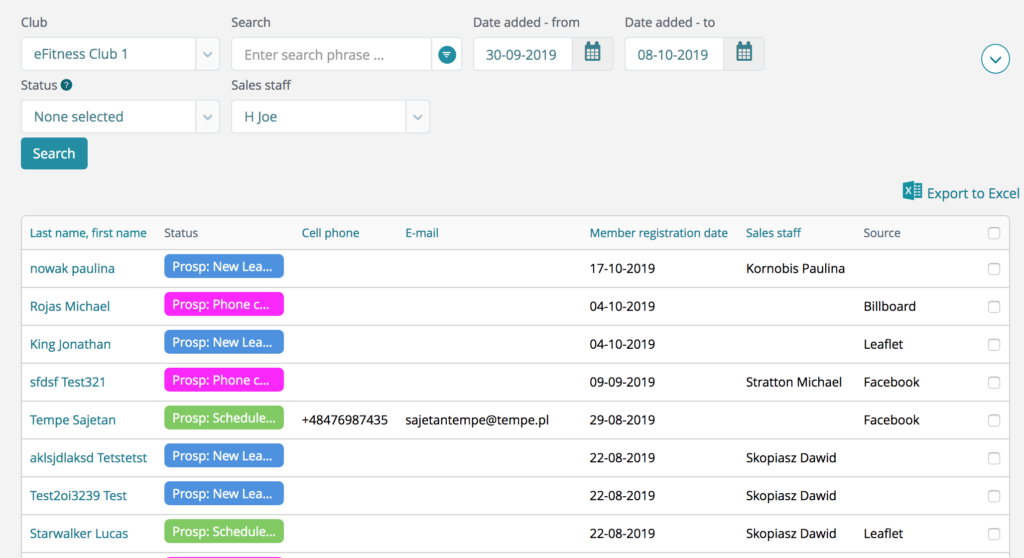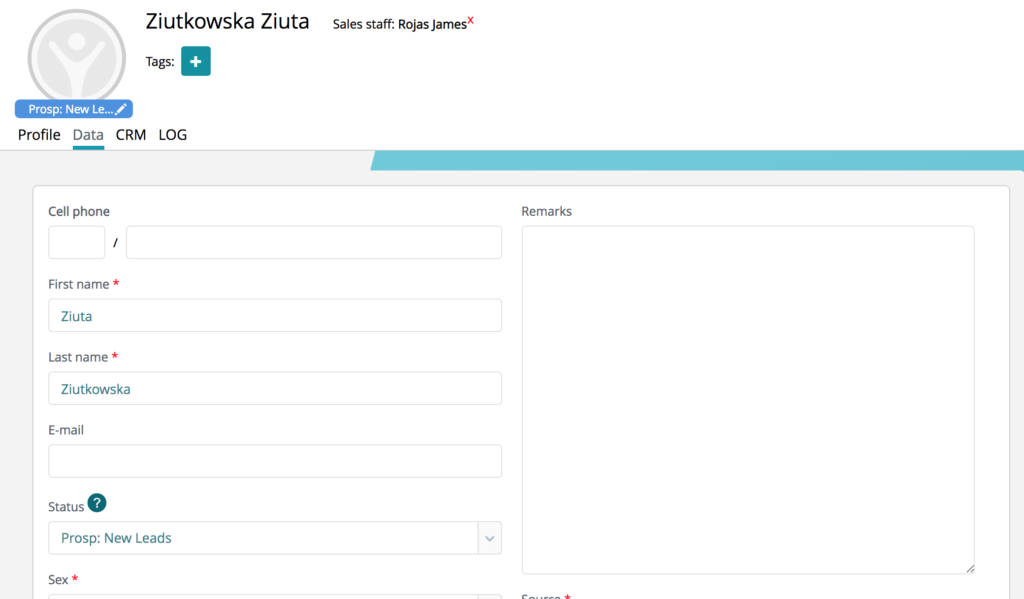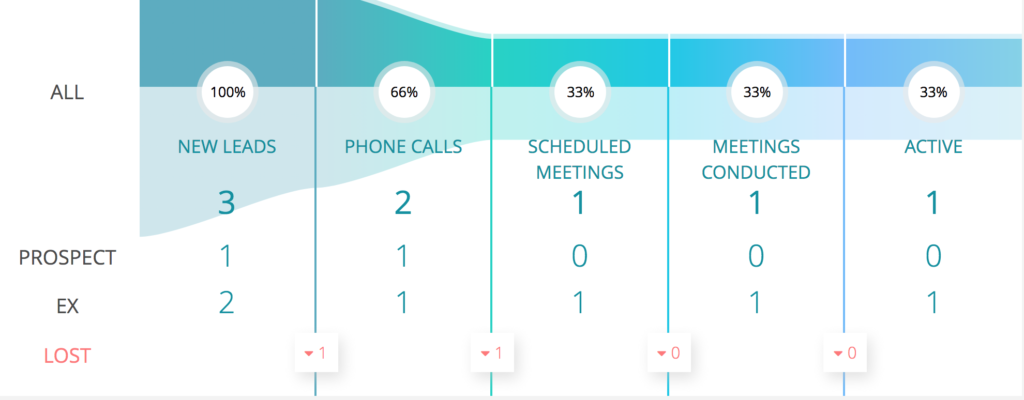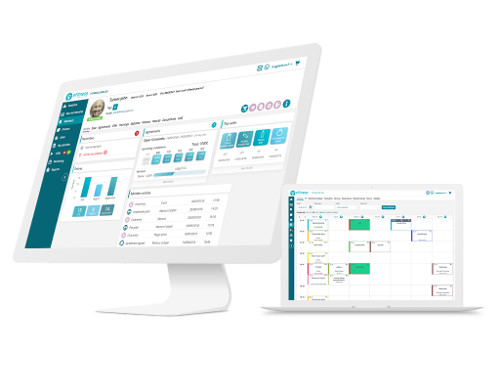I previously wrote an article about how the sales process is moving from its traditions and why choosing a CRM can help. I had a lot of Sales Managers asking me questions about this so I am going to respond with another post.
So to begin with, this is my opinion- not something I’m saying on behalf of eFitness, it’s my personal view, I understand people may disagree, but as you probably know by now, I’m not afraid to stick my neck on the line.
Why the Sales Process which has been here since the dawn of time will change…
I hear many experts saying ‘the sales process will always stay the same because human behaviour will always be the same’. I would agree with this normally, the problem with that notion is that human behaviour is actually changing, we’re going through a very pivotal point in human evolution right now when it comes to behaviour. Yes, we may always have a need for safety, for understanding, for love, for creation, for esteem, for freedom and for purpose but the way in which we think, behave and do things is certainly shifting.
So what has changed?
In the last 15 years, our trust levels and perceptions of brands have changed dramatically, we are a lot better at detecting scams, we are a lot less vulnerable to dodgy marketing and the innate need we have for love and safety is something brands have worked on to make customer relationships better. Social media has exposed and dismantled the sly, dishonest brands.
Prior to social media, when we saw an advert it was often on a billboard or a bus stop, this meant that unless we all took the time and effort to invest in graffiti spray, we could never all write ‘bullsh*t’ on it. We’d have to rely on shows like Watchdog to call out the wrongdoers and only then might it sink in we are being ripped off. Nowadays, we only have to click ‘see comments’ on facebook or instagram to get a good view of what the public think about a business. There really is no hiding place on social media or on review platforms.
What else has changed? 15 years ago, we used to only be able to access the world wide web via a computer, and we can all remember the excitement and anticipation we experienced when connecting to the internet via a 56k modem – that dial-up sound is still ringing in my ears today. When that was the case, it was no wonder we only used the internet when it mattered. In contrast, today we operate in a smart-phone world whereby we are pretty much always connected via 4G whether that’s via our smartphone, tablet or even our watch – we are hyper-connected! It’s therefore no surprise that people would rather do things online that they couldn’t do a decade ago, and it is only natural that companies have recognised this and acted accordingly.
What does that mean for Health Clubs?
So if people are less receptive to hard-selling and would rather carry out simple activities online – does this mean sales consultants within the fitness industry are now surplus to requirements? In my opinion, not quite but almost. While I think pushy, forceful sales reps will soon be a thing of the past, I do believe that employing humans to monitor sales activity is necessary for achieving business goals. However, as consumers all become even more digitally transformed and take even more ownership over their own purchase decisions, here is how I believe the Sales Process will change…
1. Leads will be generated online
The early established techniques for Health Clubs to capture data were for Sales Consultants to be all over everyone in the streets with a clipboard, a sheet of paper and a quirky hook to convince people to share their name and number. Over time, this has evolved and today we are more likely to see such sales comrades using iPads to obtain the data online. While this is progressive, it’s still pretty annoying for the passer-by in the street and possibly not the most efficient way to capture leads.
Thankfully, there are other ways health clubs can get new prospect information. Through clever online advertising using platforms like Facebook, Instagram, TikTok, Snapchat, Google and YouTube to target the right audience segments, alongside the creation of quality, relevant landing pages, you can always keep the leads coming in thick and fast. Read my article here about to execute a successful online marketing campaign.
While online platforms will become your main source of leads, I do believe that someone within your Health Club should be focused on ensuring all your leads obtained online are held within your CRM system. I also fully believe that your Social Media Team / AI powered Chatbots need to be in regular communication with your club staff to ensure that all leads coming through organic social media are added into your CRM suite.

2. The phonecall may need to be fine-tuned.
Traditionally, once the Health Club had obtained a member’s mobile number, they would give them a call to find out information about them. The sales consultant would ask basic health questions to a prospect with a view to learning more about their current situation, the aim would be to get the prospect booked in for an appointment.
As we move with the times, I cannot see this being the best way to do this. Millennials and Generation Z might live on their smartphones, but they despise using those devices to do the very thing they were invented for — to actually talk. When they do, they like to use applications such as Facetime or Video calls where they can see who they are talking to.
So what should Health Clubs do? I believe that you should simply replicate the questions you would have asked on the call in an online questionnaire type format. When each member submits their information, send them an automated SMS questionnaire link. Upon completion of that, allow the member to schedule a Facetime or Whatsapp call with your Health Club if they want to ask any questions. Similarly, give them a link to a 360-degree tour online of your gym with the prompt to book an appointment with the branch afterwards.
If you heed this advice, you are putting the onus on the customer, you are giving them a feeling of control. As the customer makes an appointment with the branch, rather than a sales consultant, they will feel more at ease and will be more likely to show up.
3. The Needs analysis phase may NEED a makeover
If a prospect takes the time to complete a questionnaire, then they will expect you to do something with that information. The more astute health clubs will create ‘prospect profiles’ from the data they collect on the individuals, in other words, they will quickly be able to identify whether someone is looking to attend classes for weight loss or wanting to use the gym floor for muscle building – these examples are very basic, yours could be way more advanced.
Anyhow, by creating such profiles, it will mean you already know what the member is looking to achieve and the Needs Analysis phase might just be a chat with a membership consultant about goals, rather than the completion of any more forms.
If your initial questionnaire only contained very basic information because you didn’t want to hinder your prospects from completing it, then in the Needs Analysis phase you should ask more questions, but these should be completed online via either an in club Kiosk or an iPad, they should be closed-ended, multiple-choice questions and answers should be generated online immediately results for the staff in the gym to see. At that point, a further chat conversation can be had about the responses.

Furthermore, with so much technology about the body being more available, surely our Needs Analysis phases should be utilizing it. The use of Body compositions scans and DNA testing kits to show prospects their current health levels may well lead to an emotional response and thus enhance purchase decision. Some may not want to do it, so don’t make it compulsory, but certainly, make it an option. How you can jazz up your current Needs Analysis phase by using Body Metrics data?
4. The Tour must be more exciting
During a traditional ‘gym tour’, members walked around the gym with a sales consultant and answered a series of scripted questions. If the sales consultant was good, they made the tour relevant to the prospects needs analysis. Today, elements of that can remain the same, but why not make the whole tour a little more exciting, by allowing your members to actually have a go at using some of the equipment. The key to a tour should be to emotionally engage members, so again conducting some cool physical testing using your best equipment may make the tour more memorable. Similarly, using a VR headset on a spin bike might make the tour a little more fun. The Tour doesn’t have to be boring, nor rushed, if you want members to join – wow them with your uniqueness.
Bear in mind that many prospects taking the tour many may have already seen the gym online on Instagram, via a 3d tour on google or YouTube, don’t be afraid to ask about questions like – ‘how does it compare in real life to what you’ve seen online’, these may not only be good ‘pre-close’ questions but also provide you with appropriate, meaningful feedback.
Once you’ve shown the members the gym floor, make sure you tell your prospects all about your non-visible features on the tour, such as your app, your exercise timetable or your loyalty reward program. Try creating some dummy accounts so your prospects can touch and feel your app and learn more about what it involves.
Post-tour, I would also advise that you collect data pertaining to whether or not the member was impressed, this should again be done via a kiosk in the gym or an iPad so the notes can be inputted into your CRM system. Make sure the member feels like this is done in secret, so you’re not watching over them. A simple NPS question should do the trick here, and the beauty of this is in the future, this will help you establish whether a prospect is hot or cold, for example, if they liked what they saw but they didn’t join they are much more likely to join in the future than someone who was not impressed.
5. The customer will control the sign-up process
This one is kind of obvious, but as I said at the start of this post- people are less vulnerable to dodgy sales tactics. Creating scarcity, lines about limited spaces and no joining fees may not work forever. Putting the customer in control will always work. Using a kiosk which explains the terms and conditions via a multiple choice quiz may be a much more interactive way for your customers to become familiar with your terms and conditions, and of course, this can highlight just how good your terms are to give the prospect a feeling of confidence.
Just be sure to give the prospect some breathing space at the kiosk so they can choose the right package based on their needs – this will create a stronger feeling of trust between your health club and the prospect. You can use your data further down the line to upsell upgraded membership packages to the prospect once the trust has been earned.
Summarising the future sales process
If you want to have some success with your sales then you need to have an effective process in place. In the future, you will still need to generate leads, appointments, tours and sales but you won’t need to do it armed with a team of overworked sales reps. Instead, try employing customer experience reps within your gym who handle the sales process, they should be paid credible salaries and treated as highly valued employees. They will need to be proficient in quickly interpreting data and must be able to hold enthusiastic and meaningful conversations with prospects – both skills combined are hard to come by which is why I don’t think you should take such roles for granted. These staff members should not be commissioned or bonused on sales made as this will only tarnish what you are trying to deliver, rather reward these employees based on the customer experiences and the amazing member moments they deliver inside your gym from the start to the very end of the member journey.



